European Porcupine
- March 19, 2024
- 0 comment
The European porcupine, scientifically known as Hystrix cristata, is a captivating creature native to the woodlands and forests of Europe. Renowned for its distinctive appearance and unique defensive mechanisms, this spiky rodent has long intrigued both wildlife enthusiasts and researchers. With its robust body covered in sharp quills, the European porcupine stands out as a formidable yet fascinating member of the animal kingdom. These creatures inhabit a diverse range of habitats, from dense forests to rocky hillsides, across various regions of Europe, including Italy, Greece, Spain, Portugal, France, and the Balkans.
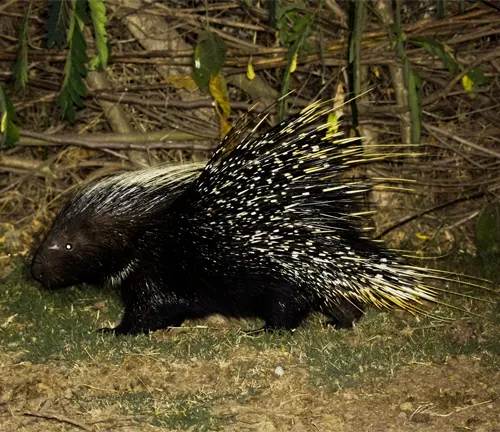
Primarily nocturnal in nature, they emerge under the cover of darkness to forage for their herbivorous diet, consisting of leaves, bark, twigs, and roots. Despite their solitary tendencies, European porcupines may form small family groups, showcasing a degree of social structure. While they possess natural predators such as wolves, lynxes, and birds of prey, their quills serve as an effective defense mechanism against potential threats. However, human-induced factors such as habitat loss, hunting, and road collisions pose significant challenges to their survival. Conservation efforts are underway to protect these unique creatures and raise awareness about their importance in maintaining healthy ecosystems. Through understanding and appreciation, we can ensure the continued existence of the European porcupine for future generations to marvel at its wonders in the wild.
| Specification | Description |
|---|---|
| Scientific Name | Hystrix cristata |
| Average Length | 60 to 90 centimeters |
| Average Weight | 10 to 20 kilograms |
| Habitat | Woodlands, forests, rocky hillsides |
| Range | Italy, Greece, Spain, Portugal, France, Balkans |
| Activity | Nocturnal |
| Diet | Herbivorous (leaves, bark, twigs, roots) |
| Social Structure | Solitary with occasional family groups |
| Defense Mechanism | Sharp quills erected when threatened |
| Predators | Wolves, lynxes, birds of prey |
| Threats | Habitat loss, hunting, road collisions |
| Conservation Status | Generally stable with localized declines |
Exploring the Fascinating World of Europe’s Spiky Rodent
The European porcupine, scientifically known as Hystrix cristata, is a fascinating creature that roams the woodlands and forests of Europe. With its distinctive appearance and unique characteristics, this spiky rodent captivates the attention of both wildlife enthusiasts and researchers alike. In this article, we’ll delve into the intriguing world of the European porcupine, exploring its physical features, habitat, behavior, diet, reproduction, threats, conservation status, and its interactions with humans.
Physical Characteristics
Size and Weight
The European porcupine typically measures between 60 to 90 centimeters in length, with an average weight ranging from 10 to 20 kilograms. However, individual sizes may vary based on factors such as age, sex, and overall health.
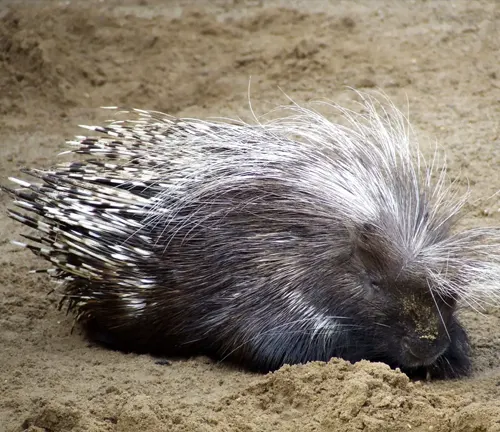
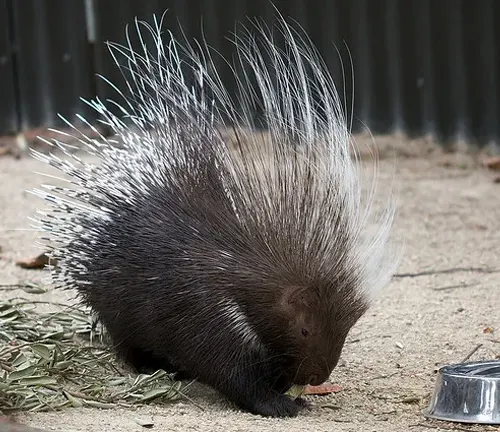
Quills and Defense Mechanisms
The European porcupine possesses a unique defense mechanism consisting of sharp, barbed quills. These quills, which are modified hairs covering its body, serve as protective armor against predators. When threatened, the porcupine can erect its quills, making itself appear larger and more formidable. If a predator persists, the porcupine may lash out with its quill-covered tail, embedding the barbed quills into the predator’s skin. Contrary to popular belief, European porcupines cannot shoot their quills at predators but rely on physical contact to deliver their defensive arsenal.
Habitat and Distribution
European Range
The European porcupine inhabits various regions across Europe, including countries such as Italy, Greece, Spain, Portugal, France, and the Balkans. Its range covers diverse landscapes and ecosystems within these regions.
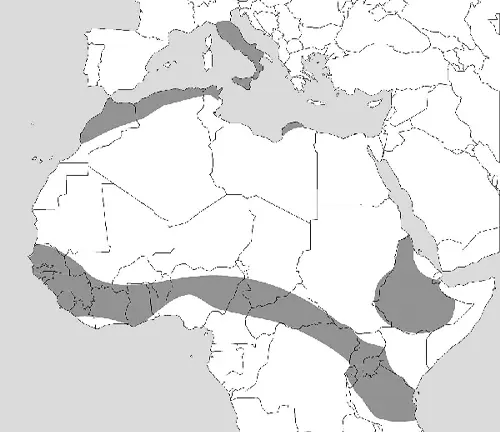

Preferred Habitats
European porcupines are adaptable creatures that thrive in a range of habitats, but they show a preference for areas with ample vegetation cover. They are commonly found in deciduous and coniferous forests, where they can find shelter, food, and suitable nesting sites. Additionally, they may inhabit scrublands, meadows, and rocky areas, provided there is sufficient vegetation for foraging and cover from predators. These habitats offer a combination of resources that meet the porcupine’s needs for food, shelter, and protection.
Behavior and Lifestyle
Nocturnal Habits
European porcupines are primarily nocturnal creatures, meaning they are most active during the night. They spend their daytime hours resting in sheltered areas such as dens or burrows, emerging after dusk to forage for food. This nocturnal behavior helps them avoid daytime predators while taking advantage of the cover of darkness to search for vegetation to consume.
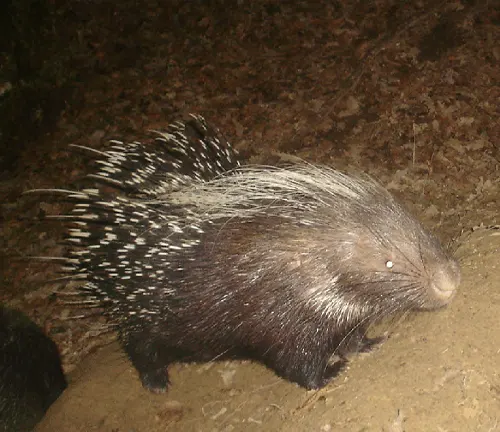
Social Structure
While European porcupines are generally solitary animals, they may exhibit some degree of social structure. They may form small family groups consisting of a mother and her offspring, particularly during the early stages of the young porcupines’ lives. However, these social groups are relatively loose, and porcupines typically lead solitary lives, foraging and navigating their habitats independently.
Diet and Feeding Habits
Herbivorous Nature
The European porcupine is primarily herbivorous, meaning it feeds exclusively on plant matter. Its diet consists of a variety of vegetation, including leaves, bark, twigs, and roots. This herbivorous nature is well-adapted to the porcupine’s habitat, where it utilizes its strong jaws and teeth to gnaw through tough plant material and extract nutrients.
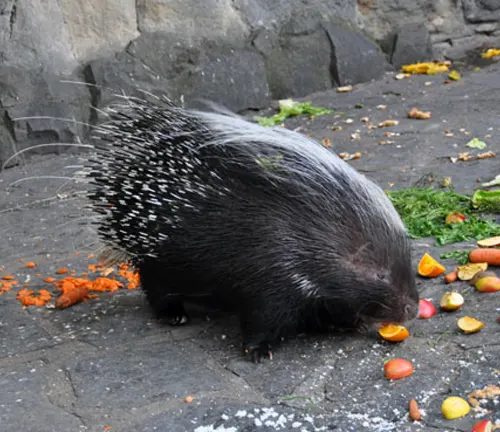

Foraging Techniques
European porcupines employ several foraging techniques to locate and obtain their plant-based diet. They use their keen sense of smell to detect food sources, often exploring their surroundings in search of suitable vegetation. With their strong claws and dexterous front paws, they manipulate branches and twigs to access leaves and bark. Additionally, porcupines may climb trees or use their agility to reach higher foliage. Overall, their foraging techniques are essential for sustaining their herbivorous lifestyle in their natural habitat.
Reproduction and Life Cycle
Mating Behavior
Mating among European porcupines typically occurs during the late summer months, usually from August to September. During this time, males engage in elaborate courtship displays to attract females. These displays may include vocalizations, scent marking, and physical interactions between potential mates. Once a pair has formed a bond, mating takes place, often followed by a period of gestation.
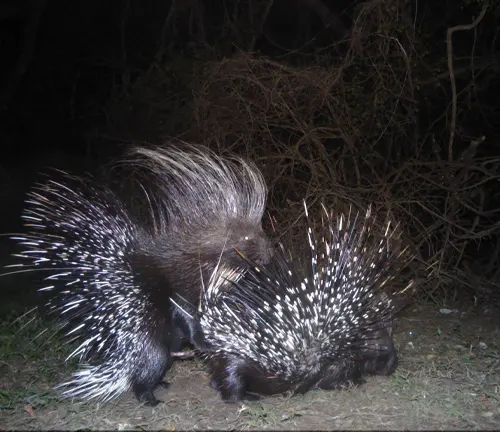
Gestation Period and Birth
After mating, female European porcupines undergo a gestation period that lasts approximately 200 days, or around 6 to 7 months. Towards the end of this period, typically in the spring months, females give birth to a litter of one to four offspring, known as porcupettes. These young porcupines are born with soft quills that harden within a few days after birth. The mother porcupine provides care and protection to her offspring until they are old enough to fend for themselves, which typically occurs within a few months after birth.
Predators and Threats
Natural Predators
European porcupines face threats from various natural predators in their habitats. Predators such as wolves, lynxes, and birds of prey are known to prey on porcupines, especially juveniles or individuals weakened by injury or illness. These predators may attempt to flip the porcupine onto its back to expose its vulnerable underside, where it has fewer quills for defense.
Human-Induced Threats
Despite their natural defenses, European porcupines are also vulnerable to human-induced threats. Habitat loss and fragmentation due to urbanization, agriculture, and infrastructure development pose significant challenges to porcupine populations. Additionally, hunting and poaching for their meat, quills, or other body parts further contribute to their decline. Collisions with vehicles on roads and encounters with domestic dogs are also common human-induced threats that can result in injuries or fatalities for European porcupines. These cumulative pressures highlight the need for conservation efforts to mitigate the impact of human activities on porcupine populations and their habitats.
Conservation Status
Population Trends
The population trends of European porcupines vary across their range, but overall, they are considered relatively stable. However, localized declines have been observed in areas where habitat destruction, hunting pressure, and human encroachment are prevalent. These localized declines underscore the importance of monitoring porcupine populations and implementing conservation measures to ensure their long-term survival.
Conservation Efforts
Conservation efforts aimed at protecting European porcupines and their habitats are underway. These efforts involve a range of strategies, including habitat restoration, wildlife corridors establishment, and public education campaigns to raise awareness about the importance of porcupines in ecosystem dynamics. Additionally, conservation organizations collaborate with local communities and stakeholders to develop sustainable management practices that minimize human-wildlife conflicts and promote coexistence. Captive breeding programs and research initiatives are also being conducted to enhance our understanding of porcupine biology and behavior, contributing to their conservation. Through these concerted efforts, conservationists strive to safeguard the future of European porcupines and ensure their continued presence in the wild.
Interactions with Humans
Folklore and Cultural Representations
European porcupines have a rich history of folklore and cultural representations across various societies. In European mythology and folklore, porcupines are often depicted as symbols of wisdom, resilience, and self-defense. They appear in fables, stories, and proverbs, where their unique defensive abilities are celebrated as admirable traits. Additionally, porcupines have been featured in traditional art, literature, and religious symbolism, reflecting their significance in human culture throughout history.
Conservation Awareness
As awareness of environmental issues grows, so does the recognition of the importance of conserving European porcupines and their habitats. Conservation awareness initiatives aim to educate the public about the ecological role of porcupines in maintaining healthy ecosystems. These efforts emphasize the need for sustainable land management practices, habitat protection, and wildlife conservation measures to ensure the survival of porcupine populations. By fostering conservation awareness, individuals and communities can actively participate in efforts to protect European porcupines and their natural environment for future generations.
Different Species
North American Porcupine
(Erethizon dorsatum)
Found in various habitats across North America, from wooded areas to open grasslands. Known for its large size and characteristic quills.

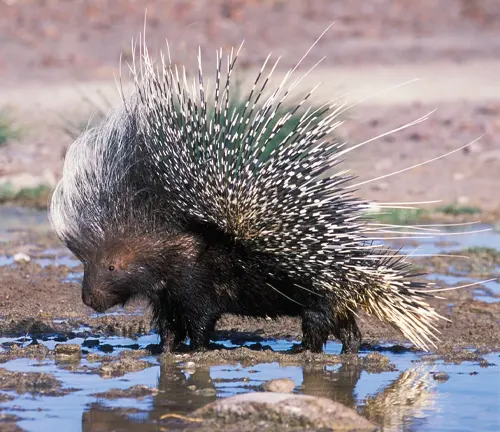
African Crested Porcupine
(Hystrix africaeaustralis)
Native to sub-Saharan Africa, this species is similar in appearance to the European porcupine but has a wider distribution across the African continent.
Indian Crested Porcupine
(Hystrix indica)
Found in parts of South and Southeast Asia, including India, Nepal, and Indonesia. It resembles the African crested porcupine but has some distinct characteristics.
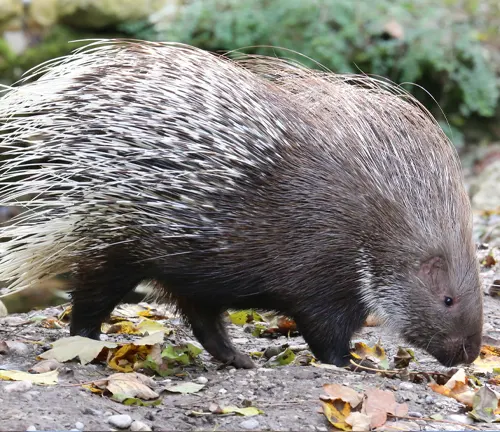
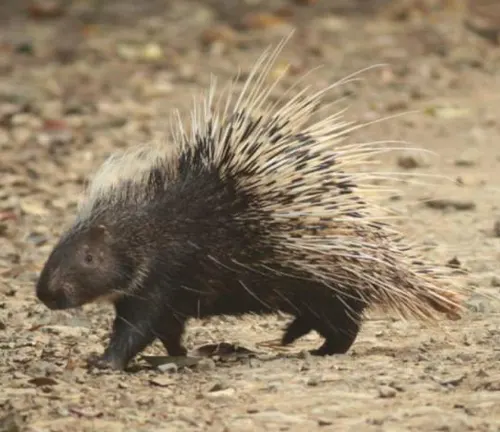
Malayan Porcupine
(Hystrix brachyura)
Native to Southeast Asia, including countries like Malaysia, Indonesia, and Thailand. It has shorter quills compared to other species and is adapted to a variety of habitats, from forests to agricultural areas.
Philippine Porcupine
(Hystrix pumila)
Endemic to the Philippines, this species inhabits forests and grasslands across the archipelago. It is smaller in size compared to other porcupine species and has a unique appearance.

Frequently Asked Questions (FAQs)
- What is the scientific name of the European porcupine?
The scientific name of the European porcupine is Hystrix cristata. - Where are European porcupines found?
European porcupines are native to various regions of Europe, including Italy, Greece, Spain, Portugal, France, and the Balkans. - Do European porcupines live in groups or alone?
European porcupines are generally solitary animals, but they may form small family groups consisting of a mother and her offspring. - What do European porcupines eat?
European porcupines are herbivores, feeding primarily on a diet of leaves, bark, twigs, and roots. - How do European porcupines defend themselves?
European porcupines defend themselves by erecting their quills when threatened, creating a formidable barrier against predators. - What are the predators of European porcupines?
Natural predators of European porcupines include wolves, lynxes, and birds of prey. - Are European porcupines endangered?
European porcupines are not considered endangered, but localized declines have been observed in areas where habitat destruction and hunting pressure are prevalent. - How long do European porcupines live?
European porcupines have a lifespan of around 10 to 15 years in the wild. - Do European porcupines have any cultural significance?
European porcupines have been featured in various folklore and cultural traditions throughout history, often symbolizing wisdom and self-defense. - Can European porcupines be kept as pets?
Keeping European porcupines as pets is generally not recommended due to their specialized needs and legal restrictions in many regions. - Do European porcupines have any unique behaviors?
Yes, European porcupines are primarily nocturnal animals, meaning they are most active during the night. - What conservation efforts are in place to protect European porcupines?
Conservation initiatives aimed at protecting the habitats of European porcupines and raising awareness about their importance in ecosystem dynamics are underway.


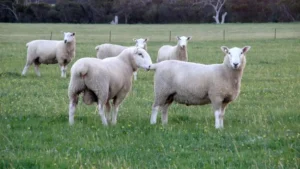


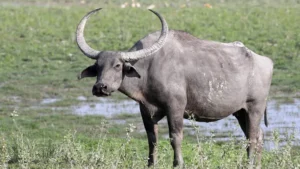


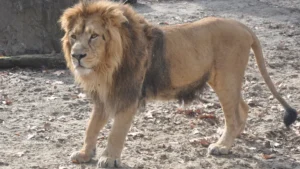

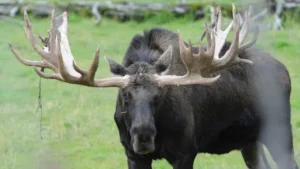
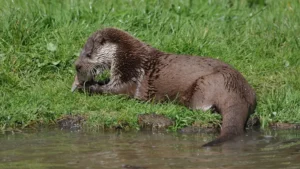

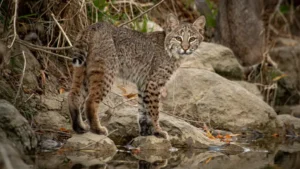
Leave your comment